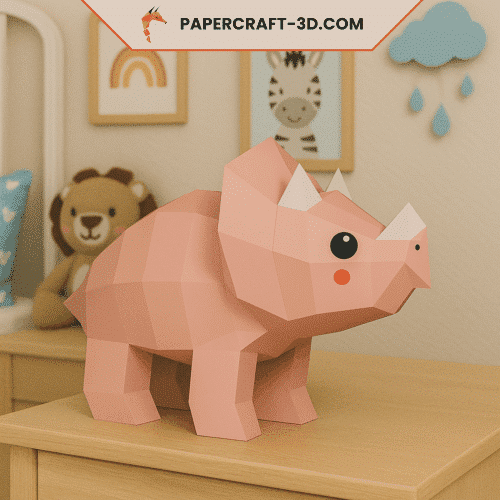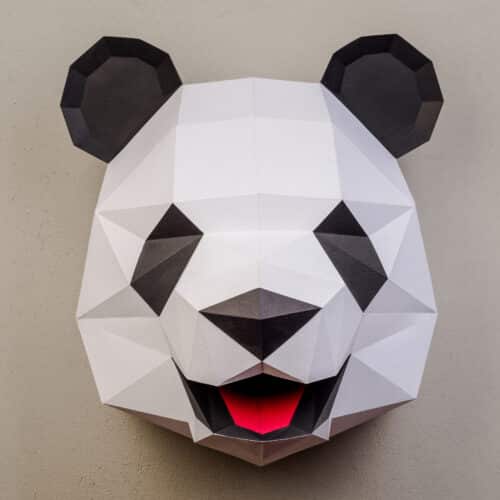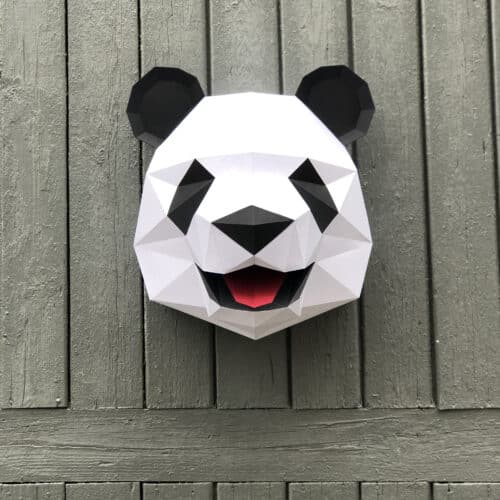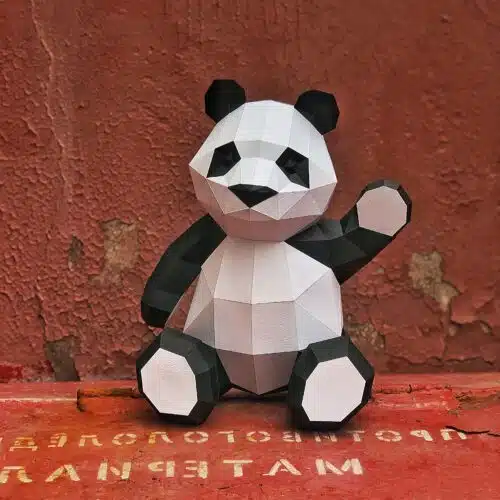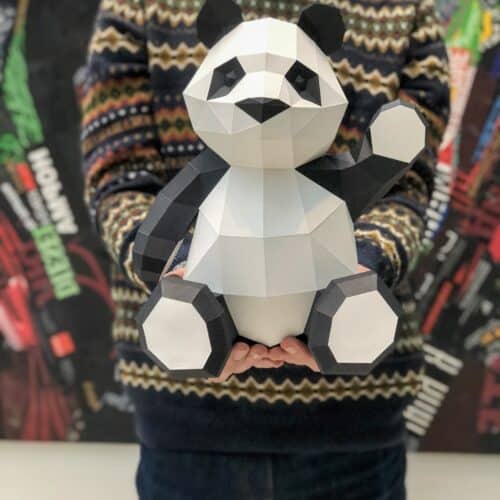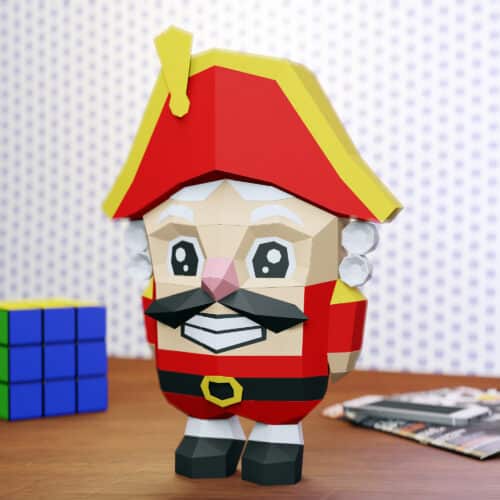| Key | Description |
|---|---|
| ? History | Chinese origin, perfected in Japan from the seventh century. |
| ? Evolutions | Introduction intoeducation and evolution into recognized world art. |
| ? Meaning | Expression of theJapanese soul, combining beauty, spirituality and nature. |
| ? Applications | Used in education, space technology and medicine for its precision. |
The art of paper folding, or origami, is deeply rooted in Japanese culture, symbolizing the ephemeral beauty and complexity of nature. Origami’s history, cultural significance and modern applications offer a fascinating journey through time and imagination. Far from being a simple hobby, origami has become a cultural bridge between Japan and the world, as well as an internationally recognized teaching and therapeutic tool.

A brief history of origami
Theorigins of origami are lost in the mists of time, with traces dating back to China before its flowering in Japan. It wasn’t until the seventh century that paper production, inspired by Chinese techniques, began in Japan, giving rise to the art we know today. Initially, paper was a precious commodity, destined for Shinto or Buddhist religious ceremonies, before being democratized and becoming a popular form of artistic expression during the Edo period. This period saw the emergence of the first origami book, marking the formalization of the art of paper folding.
Significant developments continued with the introduction of origami into children’s education in Japan, thanks to the influence of pedagogues such as Friedrich Fröbel. Fröbel recognized the importance of paper folding in developing children’s creativity and motor skills.
Today, the art of origami is practiced and appreciated the world over, transcending cultural and linguistic boundaries. Folded models range from simple traditional forms like the tsuru (crane) to complex creations requiring hours of painstaking work.
Why is origami important to Japanese culture?
Origami is much more than an art form; it’s an expression of theJapanese soul, combining beauty, nature and spirituality. It teaches patience, precision and respect for the material. Traditionally, it is associated with age-old ceremonies and traditions, such as the legend of the thousand cranes, a symbol of peace and healing. This link between origami and spirituality is deeply rooted in the word “kami”, which means both paper and divinity in Japanese.
Beyond its cultural importance, origami has practical and educational applications. In schools, it is used to teach geometry and encourage the development of fine motor skills in children. What’s more, origami is used in fields as diverse as space technology and medicine, proving its adaptability and usefulness beyond the artistic realm.
This art of paper folding also embodies the Japanese people’s spirit of resilience and peace. The famous story of Sadako Sasaki and the thousand cranes, though marked by a tragic outcome, remains a powerful symbol of world peace and the fight against nuclear disease. Today, crane foldings are offered as tokens of goodwill or made in memory of departed loved ones.

Origami facts
Let’s take a look at some little-known aspects of origami. In the past, it was not uncommon touse scissors or torn paper in its practice, before the discipline moved towards stricter rules prohibiting such practices. This evolution underlines origami’s transition from a traditional craft to a fully-fledged art form, based on folding alone.
The Japanese tradition of folding a thousand cranes, or “Senbazuru”, symbolizes a deep desire for healing or happiness. This practice has become a worldwide symbol of peace, not least thanks to the Hiroshima Peace Memorial Park. Paper cranes, or “Tsurus”, are not only a wish for happiness, but also a poignant reminder of the importance of world peace.
| Anecdote | Signification |
|---|---|
| Scissors in origami | Used in the past, scissors are no longer used in origami, as the purity of the folding process is paramount. |
| Senbazuru | Folding a thousand cranes to grant a wish. |
For those wishing to deepen their knowledge of theideal age to start origami or the essential rules of this discipline, detailed resources are available. All About Origami: Origins, Essential Rules and Ideal Age to Start offers a comprehensive guide for beginners and enthusiasts alike.
Origami is a gateway to infinite creative possibilities with Japanese paper. To discover ideas for projects ranging from simple decorations to complex objets d’art, explore What to do with Japanese paper: 10 creative and original ideas.
Origami, far more than a simple pastime, is a bridge between peoples, a window on Japanese culture and history, as well as a powerful educational and therapeutic tool. It continues to fascinate and inspire millions of people around the world with its simplicity and depth, proving once again that art knows no boundaries.










